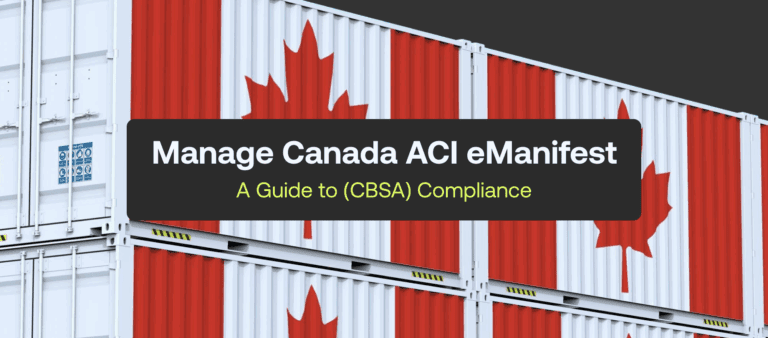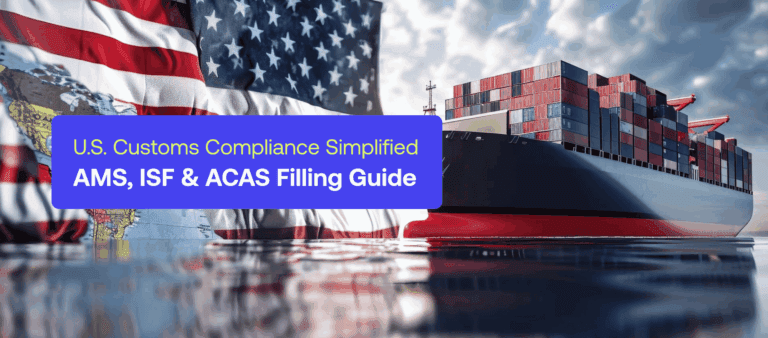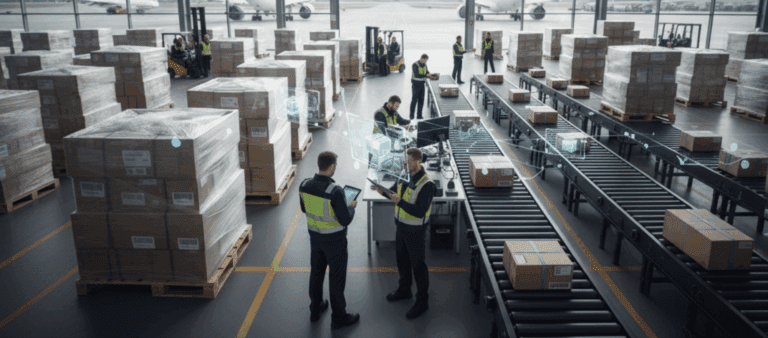CN Codes for CBAM Goods: What EU Importers Must Know
- John Hall
- Customs Specialist at iCustoms.ai
The European Union’s new novel climate policy, known as the Carbon Border Adjustment Mechanism (CBAM), aims to “level the playing field” between domestic producers and foreign manufacturers from areas with lower carbon prices.
CBAM aims to prevent carbon leakage and support the EU in achieving its decarbonisation goals by imposing a carbon cost on imports.
The foundation of CBAM is the Combined Nomenclature (CN) codes, which are standardised identifiers that identify which goods are subject to the regulation.
Learn more about CBAM with our detailed guide: Click here!
What are CN codes, HS codes, and Taric codes?
To ensure compliance with the CBAM, importers must understand the system of goods classification in the EU, specifically through HS, CN and TARIC codes.
HS codes (6 digits)
The Harmonised System (HS) is a goods classification system recognised worldwide, used by over 200 countries. It’s 6 digits broadly define the categories of the goods.
For example:
- 7207.11 = Semi-finished products of iron or non-alloy steel
CN codes (8 digits)
The Combined Nomenclature (CN) adds two digits to the HS code, creating an 8-digit EU-specific code. These codes are then used to determine if the goods fall under the CBAM and calculate customs duties.
For example:
- 7207.11.11 provides more detail about the type of steel.
TARIC codes (10 digits)
The TARIC code adds 2 more digits to the CN code, making it a 10-digit code. These codes provide information about customs duties, trade restrictions, and more, but they are not used in CBAM reporting.
How are CN codes used for CBAM?
The Carbon Border Adjustment Mechanism (CBAM) is based on the idea of accurate product classification. CN codes are the primary tool used by the EU to determine whether imports are subject to this carbon pricing plan.
Let’s understand it:
CBAM targets specific industries using CN codes
CBAM focuses on carbon-intensive industries such as
- Cement
- Iron and steel
- Aluminium
- Fertilisers
- Electricity
- Hydrogen (added in the transitional phase)
Each of these sectors contains several CN codes that identify the specific products covered.
The full list of applicable CN codes is published in Annex I of the CBAM Regulation (Regulation (EU) 2023/956)
If your imported product matches one of these CN codes, it falls under CBAM, and that means reporting obligations apply.
How to find out whether your product is covered
The 8-digit CN code for your product must be compared to the list in CBAM’s Annex I. The product is deemed CBAM-covered if there is a match.
For businesses importing a large variety of products into the EU, this means:
- Checking every imported item using its CN code.
- Flag any products mentioned in CBAM Annex I.
- Review the updated list regularly, as new products may be added over time.
If this classification step is done incorrectly, it may lead to non-compliance or expensive reporting errors.
CN codes are required for CBAM reporting
If a product is covered under the CBAM, the importer is required to disclose embedded emissions, or the greenhouse gases released during the product’s manufacture in the country of origin.
The emission data is reported as per the CN code of a product, which means each product category has its own emissions accounting.
This enables the EU to:
- Compare similar items
- Implement fair and uniform carbon pricing.
- Promote greener industrial practices worldwide.
CN codes must be included in all emissions report submissions to the CBAM Registry, the official EU platform.
CN codes reveal simple and complex goods
CN codes indicate whether a product is complex (i.e., items with several components) or simple (i.e., basic raw materials). This distinction is crucial:
- Simple goods: Easier to calculate emissions because they go through fewer production phases. (e.g. steel billets)
- Complex goods: May not be covered in the current phase of CBAM, but could be in the future (e.g. finished machinery)
The EU intends to broaden the scope of CBAM, which presently targets simple items.
Knowing your product’s CN code makes it easier to determine whether it could be included in the future.
CBAM timeline: When does it all kick in?
Here’s a quick snapshot of CBAM’s rollout:
| Phase | What It Means |
| 2023–2025 | Transitional period: Reporting only, no carbon payments yet |
| From 2026 | Full implementation: Carbon costs apply via CBAM certificates |
| Beyond 2026 | Scope is likely to expand to more sectors and product types |
Challenges importers face with CN classification
It’s not always easy to get the classification right. Importers often run into problems like:
- Vague product descriptions
- Conflicting classifications across suppliers
- Lack of in-house customs expertise
To avoid these risks, many businesses consult customs experts or use digital classification tools such as iClassification, which ensures accurate CN codes.
Ensure CBAM compliance with CN codes
CBAM may feel complex, but everything starts with one key question: What’s the CN code of your product?
By correctly classifying your goods, regularly checking for updates, and understanding your emissions responsibilities, you can:
- Avoid costly errors
- Stay compliant with EU regulations
- Contribute to a greener, fairer global trade system
You may also like:
Simplify Customs with our Powerful Customs Management Software
Automate declarations, track shipments, & ensure compliance.
About iCustoms
Simplify Customs with our Powerful Customs Management Software
Automate declarations, track shipments, & ensure compliance.





